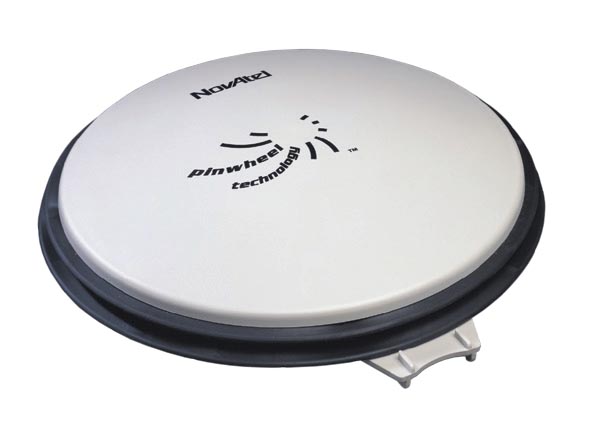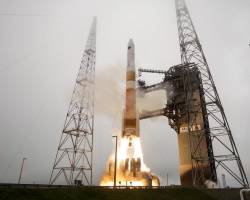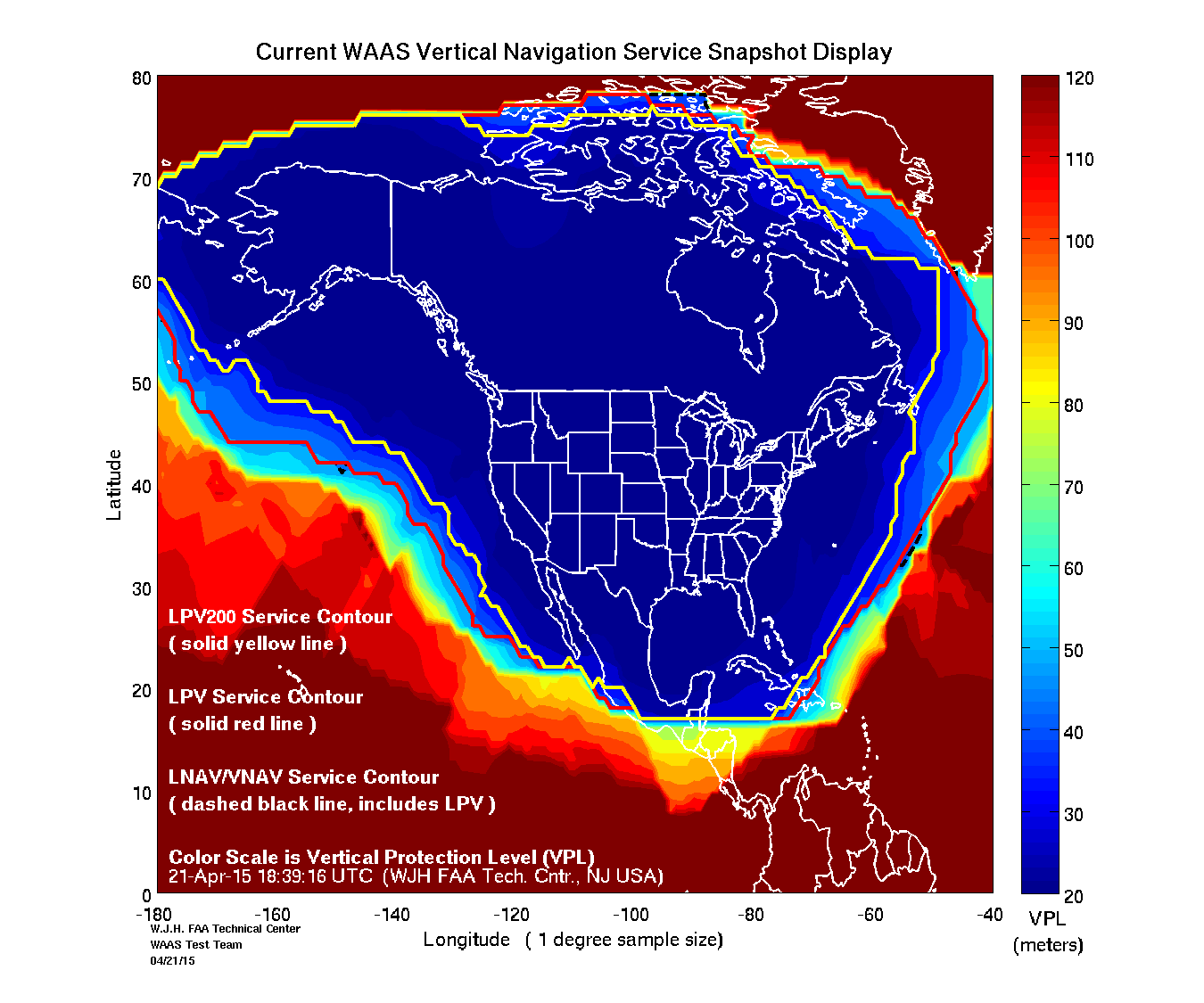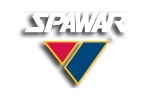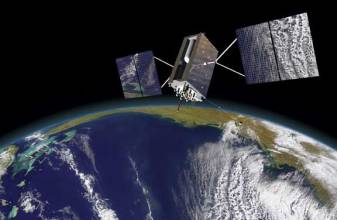Trimble Launches Multi-GNSS, Inertial Module and Enclosure
 Trimble’s BD935-INS (left) and BX-935-INS
Trimble’s BD935-INS (left) and BX-935-INSTrimble has introduced the BD935-INS module that combines a multi-frequency, multi-GNSS receiver with an integrated 3-D microelectromechanical systems (MEMS) inertial sensor package.
As part of Trimble’s GNSS OEM portfolio, the new compact module augments real-time precise positioning with 3-D orientation, connectivity, and configuration capabilities designed to enable system integrators and OEMs to add GNSS and attitude to specialized or custom hardware solutions.
By Inside GNSS








